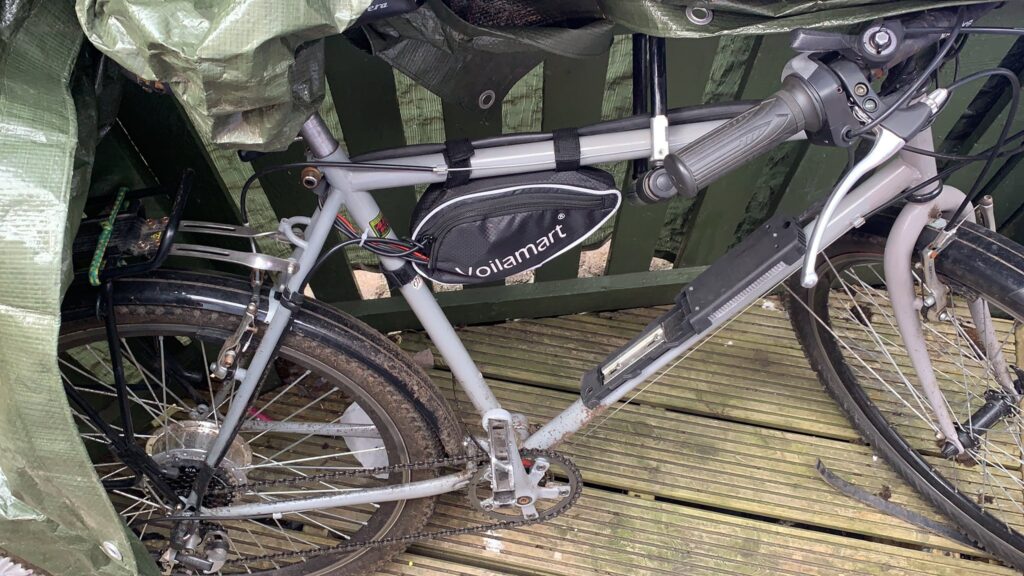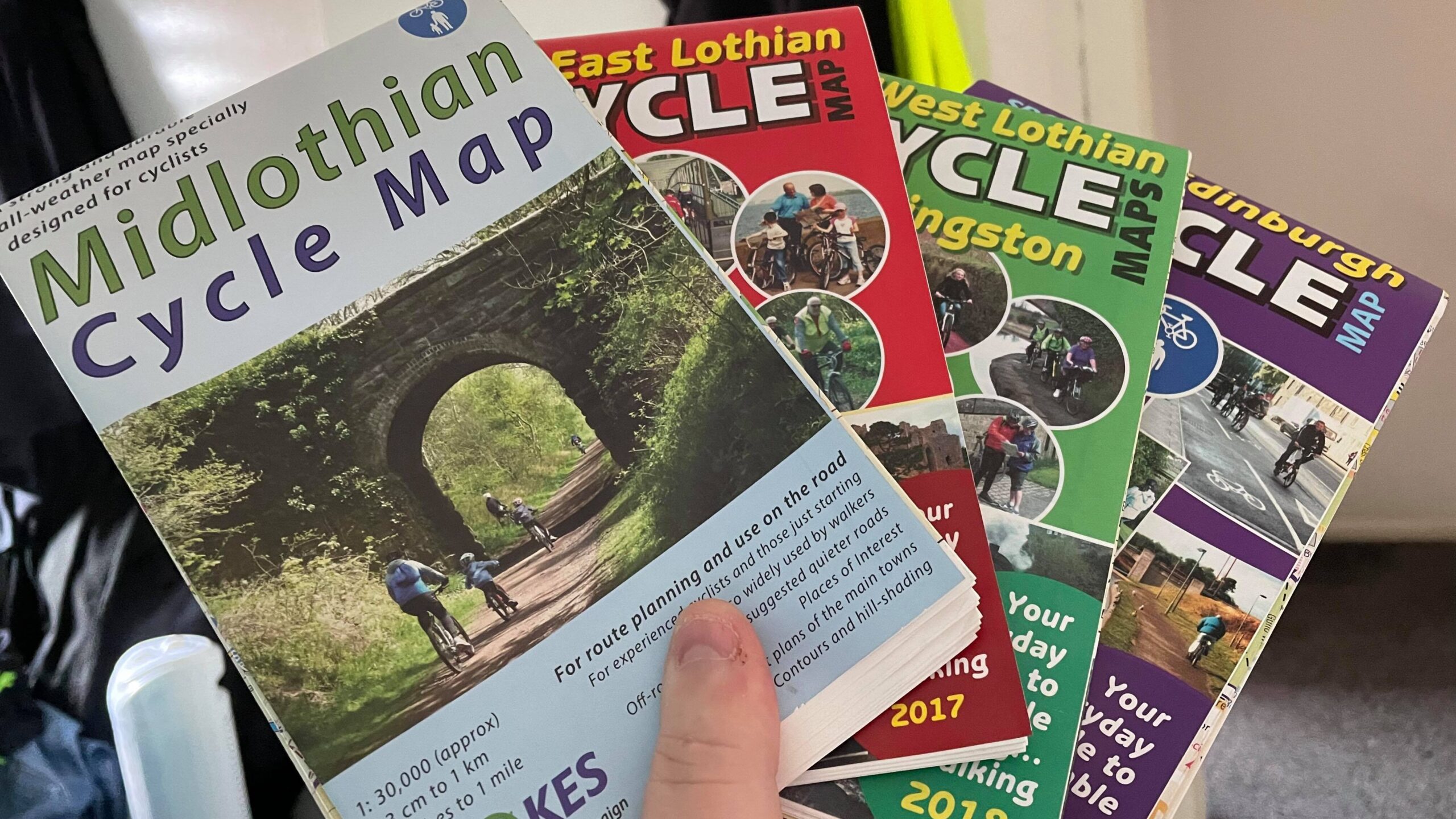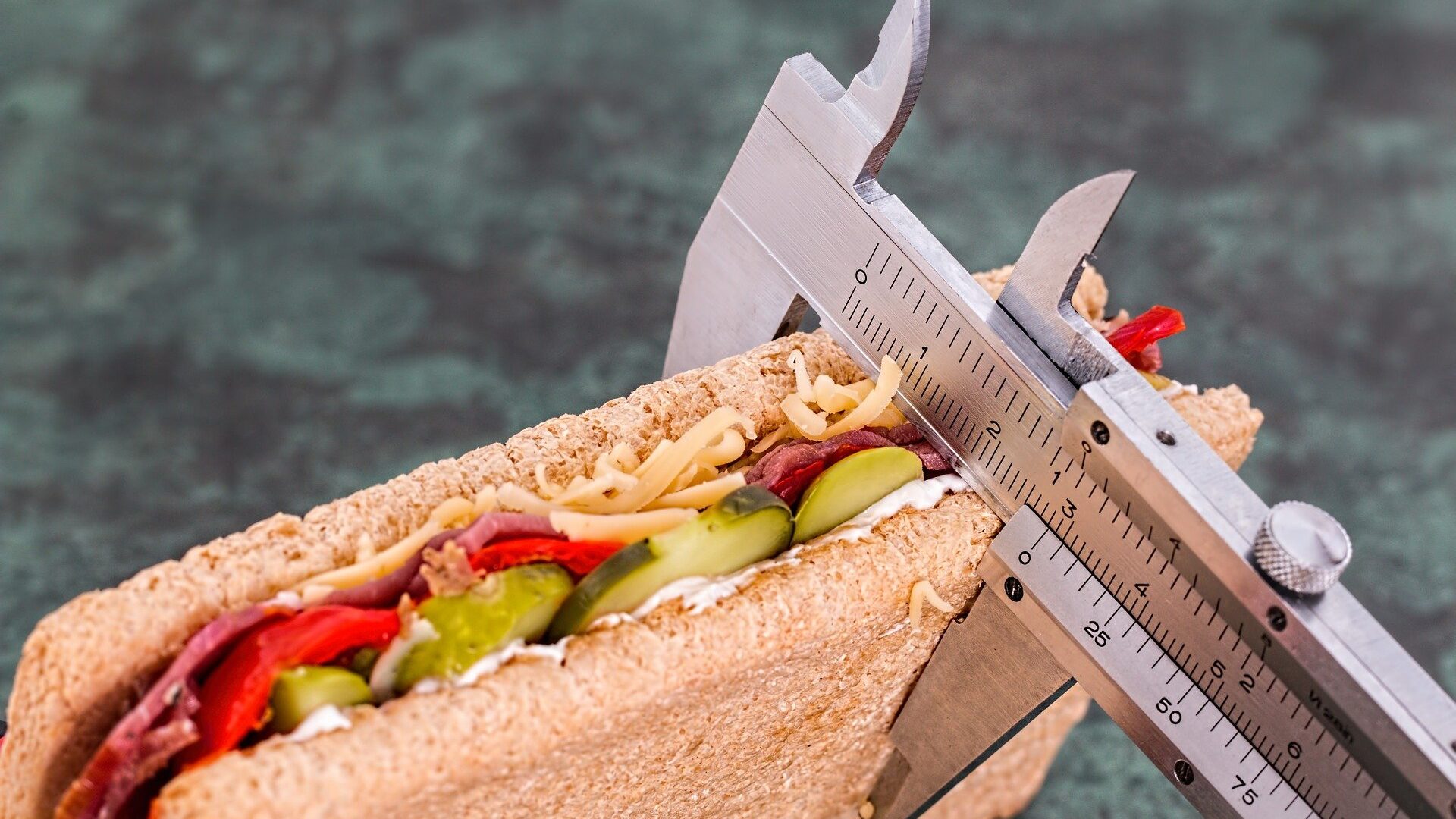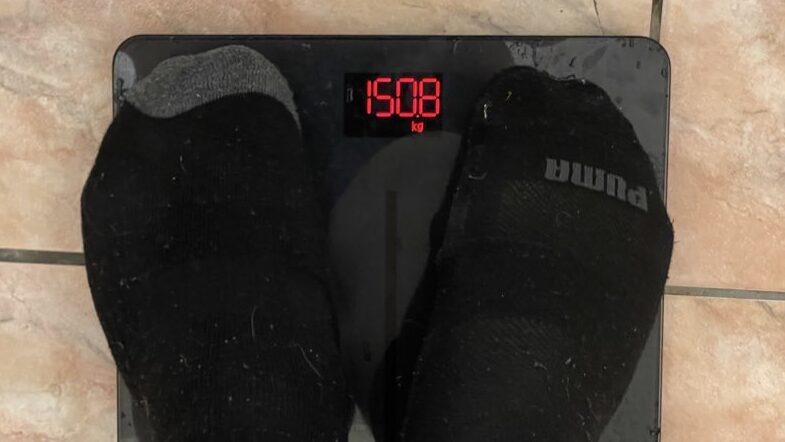EDITOR NOTE: Consult experts and knowledgeable people if you want accurate advice. I did. I’m not a doctor, personal trainer, bike mechanic, dietician or athlete – and I don’t even dream about being any of them.
Congratulations. You’ve survived COVID-19 and lockdown on damp transphobic conservative plague island. Lots of us, and some I dearly miss, didn’t make it.
I spent most of the lockdown learning Blender, trying to make the Scottish Socialist Party have decision-making meetings online and trying to build and play with virtual reality things.
A lot of my “for money” work could be done remotely, so along with the furlough scheme, I’ve primarily been working from home. I intend to keep it that way for at least two days of the week as we go forward.
One of my biggest outgoings every month was travel – I’d get taxis when late, which, with (now diagnosed and treated) sleep apnea, was more often than I care to admit.
Early on in lockdown, I stopped my bus pass direct debit – no one knew when normality was returning – and started biking to get around the city when I needed to. I quickly realised I wasn’t fit enough for Edinburgh hills, and my old steel chariot required maintenance.
With everyone locked down, there was no need to spend two hours on public transport every day to go into the office. I was saving money on travel, so the first month of lockdown’s science project; buy an e-bike conversion kit off eBay and got it fitted.
Building an e-bike

There are some restrictions on using e-bikes on the road. Please check the law and stay compliant when buying your kit.
The Scottish Government offer interest-free loans for buying new e-bikes through Home Energy Scotland. But those of us working-class people with crappy credit or who don’t want to spend thousands of pounds they don’t have can convert most bikes for around £350. There are five parts you’ll need.
- A battery – this is quite expensive, between £200 and £250 for a primary e-bike battery. They’re generally pretty heavy (around 10kg) – secure it to the bike frame.
- An electric motor to apply power – your mileage may vary, but generally electric motors are cheap reliable things. Typically, the more you pay, the more efficient and reliable they are.
- A controller PCB takes in signals from across the bike and controls whether the motor gets power: waterproof this and all the connectors.
- Crank or torque sensors – when you rotate the cranks in a forward direction, the bike should tell the controller to activate the motor.
- E-bike handles provide a display and tell the controller when you’re applying the brakes. Some give a throttle, so you feel like you’re driving the world’s shittiest moped.
You can fit most bikes with an electric motor wheel hub. It functions much like an ordinary bicycle hub – which you build the wheel and spokes around, fit a cassette to provide the standard suite of gearing, but you can apply electrical power to provide torque. It’s beneficial when you’re traversing hills or needing a standing start in traffic.
Importing most of this off eBay is a doddle. I got two packages – a lithium battery (yay to rare earth metals imperialism!) and a conversion kit – with an assembled 26″ wheel, controller board and all the necessary other bits and wiring.
After an afternoon of reading the garbled manual and studying the wiring diagram, I assembled the pieces, realised while it was functional, it wasn’t particularly roadworthy or safe. I got in touch with a bike mechanic friend to do the job correctly – and give the bike some attention. He fixed the gears, checked it all for safety, and gave the bicycle some thorough much-needed essential maintenance and love.
I can repair bicycle things (repair a broken chain link, replace inner-tubes and all that) to an extent where I can hobble home, but please do love and respect your bicycle mechanics; they’re lovely people.
This is how I roll nowadays. Either way, I got fitter quite quickly – to stay road-legal, the e-bike motor cannot exceed 250W – and I’m a heavy guy, so it’s a modest uplift.

Edinburgh is laced with a series of traffic-quietened roads and footpaths from the dismantled rail network. The city could use some proper investment in segregated cycling infrastructure, but overall, it’s decent to get around in – and I get to and from work a little bit faster than I do on buses. And one of the lovely things about working with a bunch of plumbers, the heating and hot showers always work, so you start work awake, fresh and clean.
And in not needing taxis or a bus pass – it’s all paid for itself at least twice over now. And I don’t doze at work anymore – touch wood.
Gyms
I played a lot of Ring Fit Adventure in lockdown, which was very good for gamifying basic callisthenics exercises, and doing a lot of jogging on the spot. I liked it a lot, much better than previous Nintendo exercise games. I still play from time to time; it’s good for working up a sweat.
It turns out I know many people in real life and online who lift – and are happy to chat about it. So I did so. I asked my pals and extended network of friends and comrades. People I trust, avoiding those peddling products or YouTube/Instagram influencer snake oil.
When the gyms reopened in May 2021, I got a membership to the local PureGym (a chain of low-cost 24-hour gyms dotted across the UK) and started going again.
A month of apprehension, dabbling and feeling like a carrot in a butcher’s window – I figured that if I am to progress and get back to a reasonable level of strength and fitness, it’s probably best to re-learn how to do the basic compound movements safely. The holy trinity for hitting many muscle groups at once is the squat, bench press, and deadlift.
Personal Trainer
To lift heavy means getting your form right to avoid injury. I got in touch with Mark – Instagram – a personal trainer (a brick shithouse rugby player) to teach me the ropes again, set up an introductory lifting programme, check my form and answer all my questions.
Proprioception – the awareness of how your body physically moves – isn’t easily taught from books. I asked for some help early on, rather than possibly having to undo bad habits later on. I figure nothing beats having someone who knows their stuff, seeing how you move hands-on and show you how to fix it in person.
The most important aspect of a personal trainer is that they listen. Not only to what you say, but how you respond to a programme of exercise.
DOMS
Let’s talk about pain. Nobody knows on a cellular level what causes delayed onset muscle soreness (DOMS), but in the first weeks of any resistance training programme, you’re going to get sore.

From the literature and asking around for lived experience – DOMS seems heavily linked to
- the length of time since you last worked those muscles (newbies hurt more)
- the rep scheme (high numbers of repetitions hurt more – but aren’t necessarily bad in and of themselves)
- nutrition – eat your protein-rich foods, so your muscles can rebuild
- rest – and maybe assemble a pulley system to get you out of bed or take the bus on leg day
Embrace the suck, complain about it if it helps, but keep going.
Yes, it’s going to hurt. Sometimes quite a bit. (The first time I exercised my calves directly, I could only walk on my tip-toes for a couple of days. Bikes? Fuhgeddaboutit.)
But the important difference between an injury that will keep you away for weeks or months, and “discomfort through exercise” DOMS is knowing your body well, keeping strict form and knowing when to drop the bar or weights safely.
Diet

It’s a universal fitness truism that you can’t outrun or outlift your fork. An ongoing exercise programme of progressive overload can get you far, but a bad diet will hold you back. But you need regular food to keep your body going, so we’re going to have to talk about nutrition and how it works.
Protein and energy are necessary.
You need protein to build and replace skin, hair, blood, bone and muscle cells. Resistance training breaks down muscle and tendons, and you should have ample protein to build back stronger for the next exercise sessions.
You need energy sources to keep all your body functions working, from your brain’s minute-to-minute activity to moving your muscles, body chemistry, or even to just keep breathing and regulate your internal state.
Protein
Eat lots of protein. It’s reasonably easy to get lots of high-quality complete protein from animal products – eggs (especially egg whites) and cottage cheese are pretty good. If you’re vegan, you probably already know quite a bit about good plant-based protein sources.
I supplement with protein shakes. As a treat, I got a portable USB-powered mixer for whisking them up. It is easy to clean.
Protein shake:
- 300mls water
- two scoops of protein powder
- add powdered peanut butter to taste.

Whisk it up – it takes about a minute, and I glug it down once all the bubbles rise to the surface.
NOTE: With a protein-rich diet – I was farting and liquid pooping a lot until my body got used to it. Some of them were sulphur mine, room-clearing, eye-watering bio-terrorism bombs.
If runny poop is a problem after a week or two – take a generous dose of psyllium husk supplements. They form a fibrous jelly and give you heavenly smooth, soft but solid, bowel movements.
Energy
You need an energy deficit to lose weight, so I eat fewer calories than I use, so my body has to use fat stores. But I don’t starve. I cut out most sugar (got rid of the biscuits and crisps) and refined carbohydrates. I got rid of the chips and halved the number of potatoes in most meals.
Fats are okay; they’re helpful in hormone production. But they’re very energy-dense – I don’t overdo them.
I buy bagged salad (don’t tell r/Scotland) and eat it like a big bag of crisps. No, it’s not the same, but it has plenty of vitamins, minerals and fills me up when I want a snack.
I have a treat or a cheat day takeaway from time to time. I’m trying to eat well, not be a saint.
Conclusion

It’s going well. It’s been around four months since I started lifting again. I’m feeling a lot better, the takeaway points are:
- Anxiety comes and goes, but it’s less debilitating.
- I’ve dropped 9kg since I got some scales, and started recording it on July 1st.
- I fit into a pair of widowmaker jeans that I got a couple of years ago for Christmas – but had never fitted me!
- I have Hulk strength on the leg press.
- I get to work and around the city on the bike, rain or shine.
- No pain, other than the DOMS, and a tight former-injury shoulder.
- I sleep well.
If regular resistance training was a drug, it’d do gangbusters.
A lot of this process was building good habits or taking the patterns I already have and making them better. And making small changes slowly and making them part of my routine.
I’ve had four (FOUR?! jeezo) people reach out to me about starting their own fitness journeys, so rather than copying and pasting a lot of what I’ve done, I reckon I should write it all down.
I hope this is of interest.
Lots of love. x

Leave a Reply